California probation chiefs brace for changes to the juvenile justice system
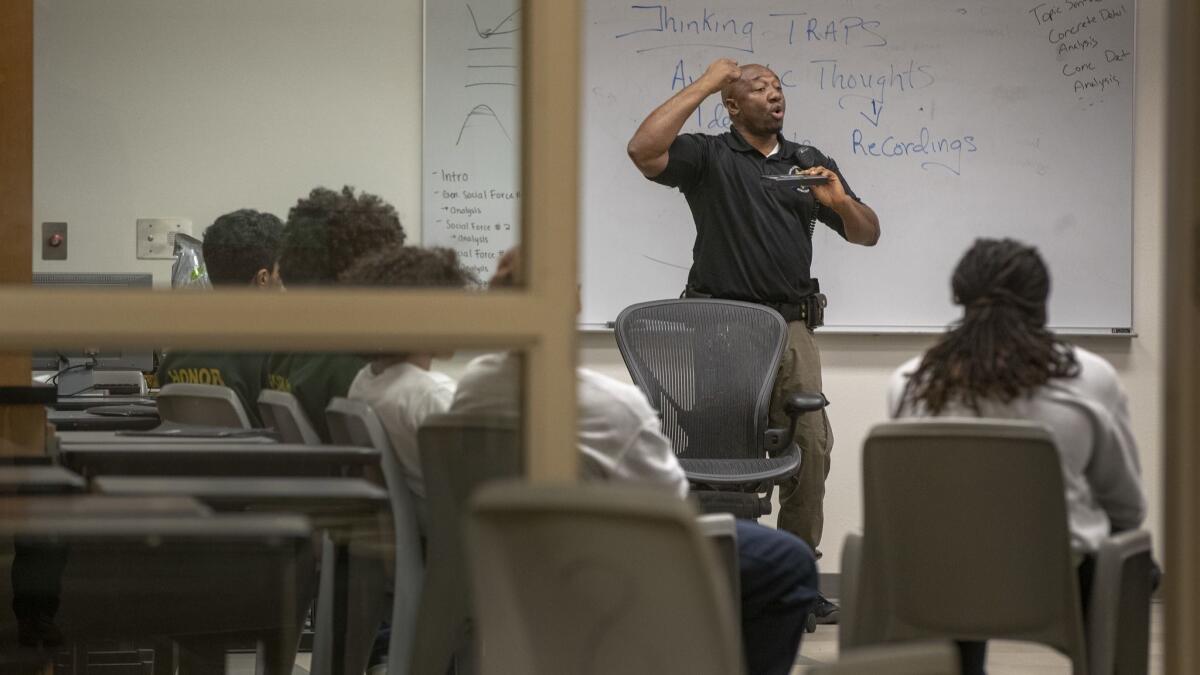
- Share via
Reporting from Sacramento — When Lee Seale became Sacramento County’s chief probation officer in 2013, officials at his juvenile hall were grappling with how to prevent probation officers from using force against young detainees after multiple lawsuits, the resignation of a prior leader and a judge’s decree.
For more than a decade, guards often resorted to “dipping,” a practice in which a juvenile offender’s arm is twisted behind his or her back before the child is flipped face down with a knee behind the neck, court records alleged. Minors said they were subject to strip searches and cold, filthy cells. They reported broken limbs and scratches on their lips, chins and noses.
For the record:
4:30 p.m. April 22, 2019An earlier version of this article incorrectly referred to the Chief Probation Officers of California as the California Probation Officers Assn.
The cases were so severe, Seale said, that he called a civil rights lawyer who had sued his department to ask for help, saying, “We don’t want to do the bare minimum.” Probation officials then brought in national experts and consultants to write new policies and train officers. Staff launched education, sports and therapy programs. The swimming pool was refurbished and the grounds revamped to include a vegetable garden, a Boys & Girls Club and a basketball gym.
The transformation put Seale on the frontlines of a nationwide push among probation chiefs to overhaul how incarcerated minors are treated and reduce the number of children in county juvenile lockups. But now, as Gov. Gavin Newsom prepares to make a wave of changes to the juvenile detention system in California, probation officials say they were kept out of discussions, even though their departments oversee most children and teens in the system.
Part of his January state budget proposal, the governor’s plan would transfer control of the state’s Division of Juvenile Justice from corrections officials to the California Health and Human Services Agency. A new budget-related bill released Friday names the proposed new agency the Department of Youth and Community Restoration, and would establish a separate administrative office, a new training institute for corrections officers and an internal oversight division.
Newsom has said the move will bring juvenile detention practices in California in line with national research, allowing health professionals to look for methods to prevent young people from being arrested or detained.
But probation chiefs say they should have a greater say in how the transition will affect teens and young adults in state custody, many of whom have been convicted of serious charges, face severe medical and mental health needs and ultimately return to their departments for community supervision.
A report by the nonpartisan Legislative Analyst’s Office released earlier this month said the Newsom administration had not provided sufficient detail to determine whether the proposed reorganization would increase access to rehabilitation programs for juvenile offenders or improve coordination between probation and state officials to help young people reenter society. It also suggested that changes to the system could instead result in higher costs for the state and unintended consequences, such as a possible disruption in services.
Probation officials have also cautioned that the state health agency might not be equipped to provide oversight or certain systemwide services, such as substance abuse treatment and workforce and education classes, some of which are modeled on county initiatives.
And, though the governor has met privately with some probation officials, addressing the Chief Probation Officers of California, in March, for example, the group’s executive director, Karen Pank, said the discussions haven’t eased concerns.
“It has taken decades to open lines of communication [with the California Department of Corrections and Rehabilitation]. Until we know what will be accompanying [the governor’s proposal], a change in address doesn’t really always make a difference,” she said of the leadership transition.
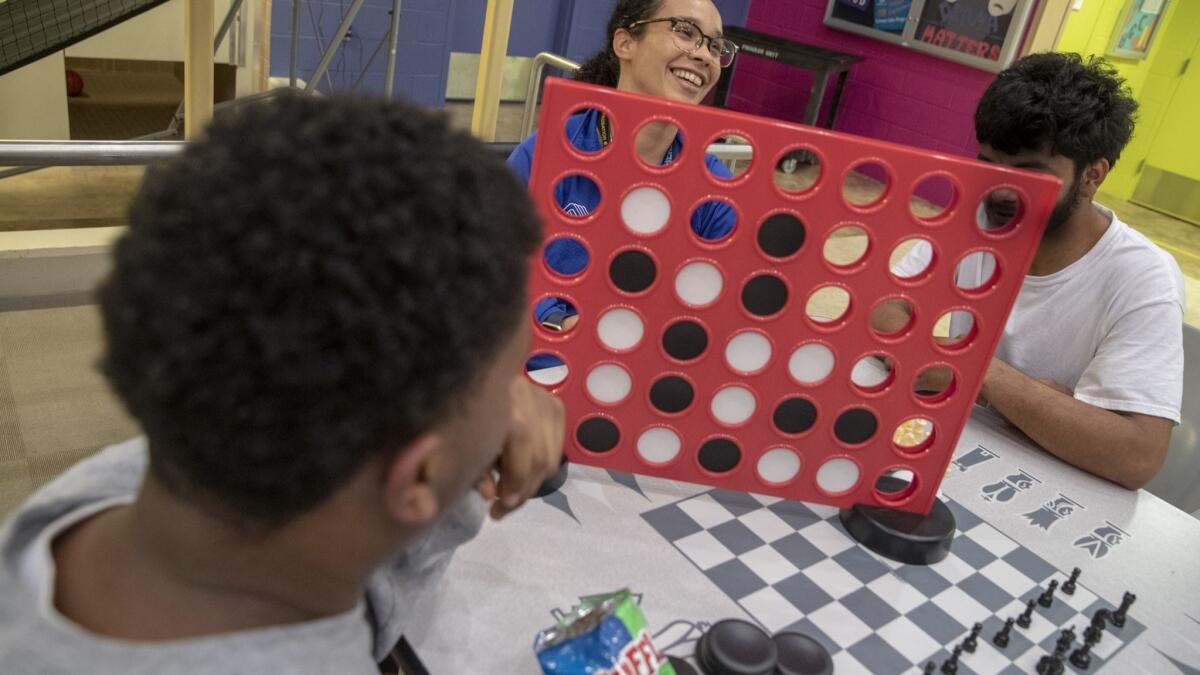
Over the past 15 years, probation chiefs have played an outsized role in an ongoing overhaul of the juvenile justice system in California that has paved the way for changes to the state’s adult prison system.
California began a major realignment of youth detention when Republican Gov. Arnold Schwarzenegger and state lawmakers dismantled the California Youth Authority in 2005 after a decade of criticism and lawsuits over 23-hour lockdowns, beatings by staff and the caging of children. The efforts led to the closure of most state detention facilities and a plan passed by the Legislature in 2007 that limited state detention to teens and young adults who had committed certain crimes, such as robbery, rape and murder.
Supervision of most juvenile offenders shifted to counties and their probation departments, which received state grants to invest in new youth rehabilitation and diversion programs. In 2010, probation chiefs assumed even greater control when the state put their agencies in charge of supervising all young people released from state detention.
San Joaquin County Probation Chief Stephanie James said county departments are critical to the statewide system: They assess the individual needs of young detainees, enroll them in substance abuse treatment and other programs and must ensure there is continuity in services.
“What is important is they are our youth,” James said of young people in state detention. “Before they get sent [to state facilities], we have usually served them locally.”
The state’s juvenile justice division holds nearly 700 young offenders, mostly young men in their late teens and early 20s, at a camp in Pine Grove and three detention centers in Stockton and Camarillo. By comparison, county probation departments oversee nearly 4,500 minors in juvenile halls across the state and roughly 35,000 others who have been released under some form of community supervision.
If detainees in state custody have their needs unmet, probation officials said, they might harm themselves or others while later under the watch of county departments.
“These are kids that we are going to be keeping tabs on, care deeply about, and we want to make sure that they are successful,” Seale said.
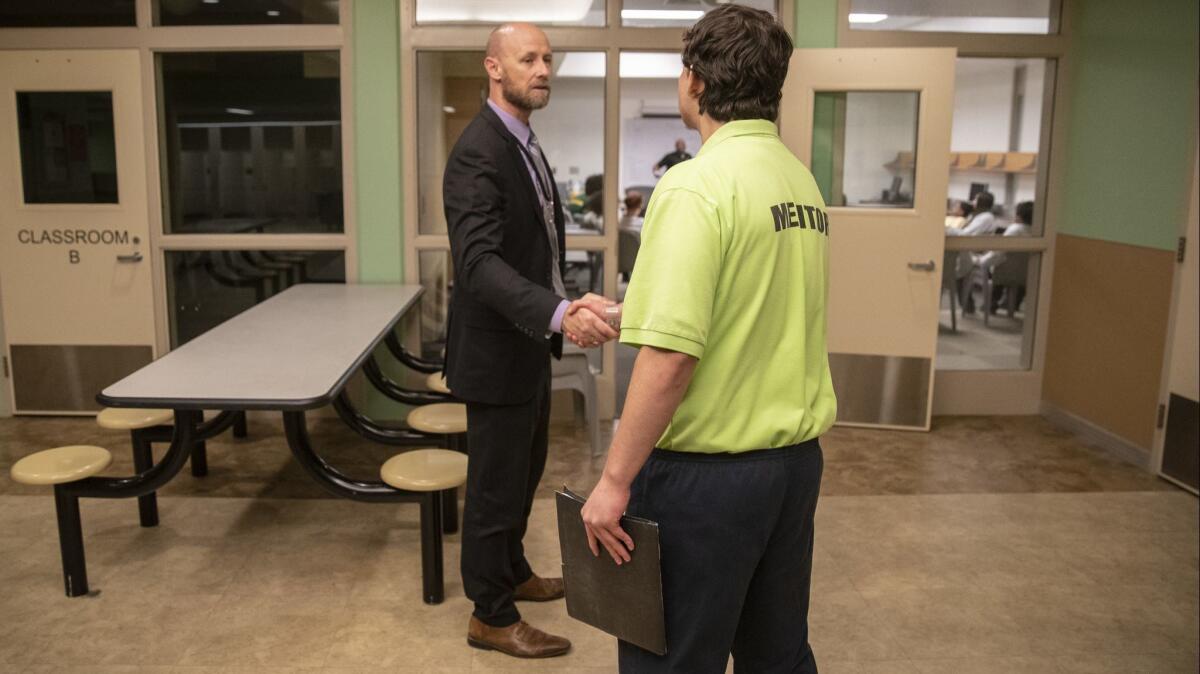
For some probation chiefs, including Seale, the changes over the years, coupled with the threat of lawsuits against their facilities, created an incentive to work more closely with state corrections officials.
Over the past decade, some probation detention officers and state corrections officials have trained with researchers at the Georgetown Center for Juvenile Justice Reform and the University of Cincinnati Corrections Institute to learn how to address child trauma, use data to reduce violence at their facilities and develop new practices that focus on avoiding the use of chemical or mechanical restraints on young detainees.
At Sacramento County Juvenile Hall, children and teens can attend classes, some of which allow them to earn college credit. In the evenings, they are required to participate in activities such as leadership training, debate and music classes and a book club.
With the help of UC Davis experts, juvenile hall detention officers have developed a “de-escalation” room, where detainees who cause trouble or refuse to go to school can sit on bean bag chairs, listen to music or draw and talk about what is bothering them.
Some juvenile justice experts warn that the science behind such efforts is still being reviewed. But probation officials and independent consultants point to their statistics, saying they have already seen a change in culture.
From 2010 to 2018, the Sacramento County facility saw an almost 50% decrease in the use of force on detainees when accounting for a drop in the average daily population, according to Probation Department data.
Last year, when roughly 121 juveniles were held at the facility each day, there were 193 use-of-force incidents. Staff injuries totaled 22, up from 16 in 2012 but down from 42 in 2010.
Probation officers can carry pepper spray and wield significant control over detainees, but Seale said officers in Sacramento no longer believe physical punishment is a way to change behavior.
“You do have to hold kids accountable,” he said. “It’s not ‘everything goes’ around here. But you do have to provide a much more positive engagement and someone to look up to and warmth, and in delivering that, that kid is more likely to listen.”
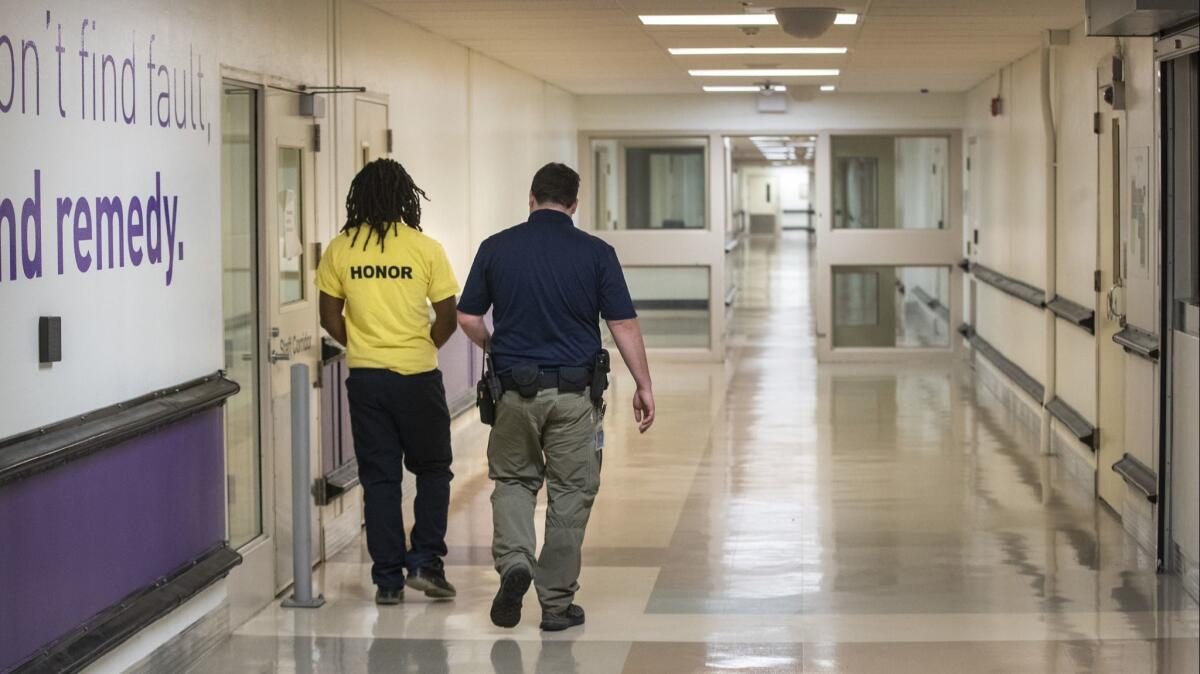
Still, the governor’s proposal has sparked debate about the role that probation departments should have in the next phase for juvenile justice in California.
Legislators are weighing a proposal to charge counties a fee for each juvenile they send to a state facility. And the Legislative Analyst’s Office, citing the benefits of keeping incarcerated young people closer to home, has suggested that lawmakers consider shifting all youth from state detention into county facilities as an alternative to the governor’s proposal.
But with no state agency monitoring incidents across probation departments, progress has not been as clear at some county juvenile halls, where violence between officers and detainees is common, and studies show black and Latino youth have been disproportionately detained.
In Los Angeles, where a Times analysis found assaults on staff have increased in the last four years, the county Board of Supervisors has ordered L.A. County Probation Chief Terri McDonald to stop the use of pepper spray in juvenile halls and camps by the end of this year. And six L.A. County juvenile detention officers were charged with assault and child abuse earlier this month for using the substance on several teenage girls last year. Detention officers, citing a sharp rise in youth-on-staff assaults, have said they need the spray to maintain control.
In San Francisco, community groups want county juvenile halls shut down altogether, pointing to decriminalization efforts and a nationwide drop in youth arrests that have led more than 90% of juvenile offenders on probation statewide to be monitored out in their communities.
“National studies, local studies show that incarcerating youth is harmful, it separates from your community, it doesn’t allow rehabilitation,” said Jessica Nowlan, who spent time in juvenile detention and now serves as executive director of the Young Women’s Freedom Center.
But in Sacramento County, some see a model for detention facilities to follow. Law school graduate William Agborsangaya said he joined the probation department as a deputy officer rather than becoming an attorney because he saw the potential to help disadvantaged young people cope with trauma and change their perceptions about the future.
One weeknight, in an old classroom, he held the rapt attention of a group of teens uniformed in sweatshirts and blue khakis.
Miguel, 17, used to believe that belonging to a gang would bring him cars and money, and that “without a father, you won’t be anything in life.”
“This program taught me to change that thought,” he said. “I needed someone to support me, to tell me that ain’t right.”
Times reporter Matt Stiles contributed to this report.
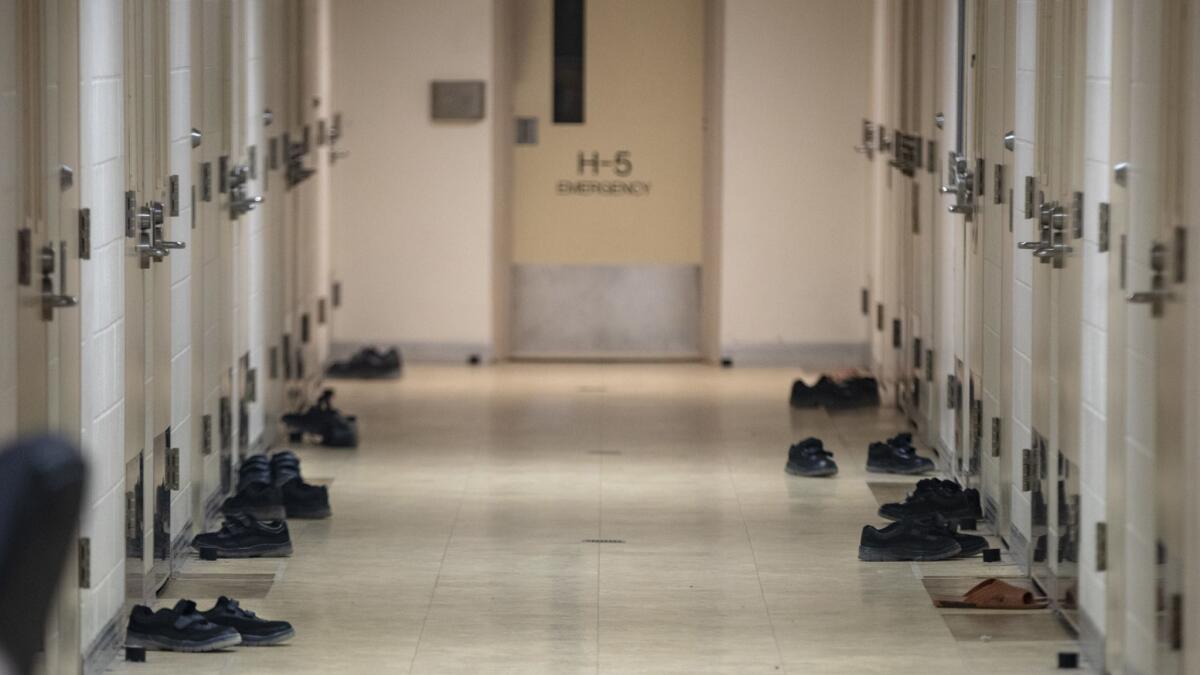
More stories from Jazmine Ulloa »
Follow @jazmineulloa on Twitter, sign up for our daily Essential Politics newsletter and listen to the weekly California Politics Podcast
More to Read
Get the L.A. Times Politics newsletter
Deeply reported insights into legislation, politics and policy from Sacramento, Washington and beyond. In your inbox three times per week.
You may occasionally receive promotional content from the Los Angeles Times.











